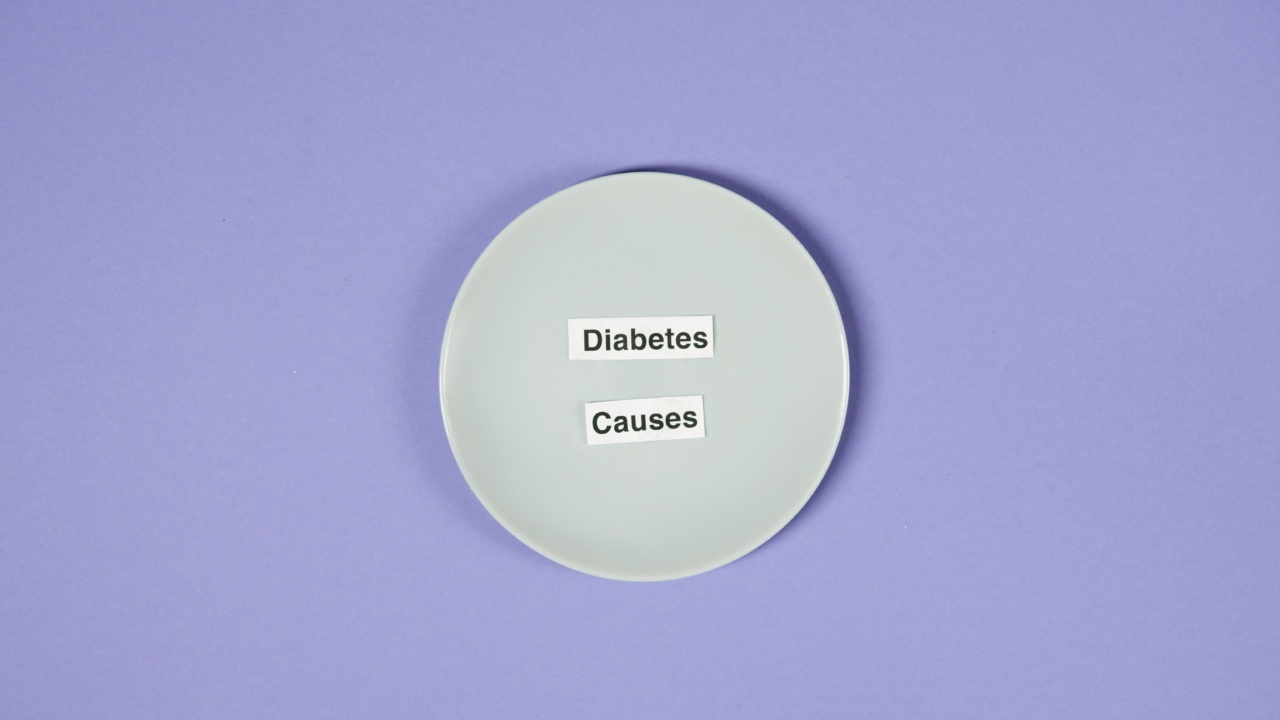Thrombosis refers to the formation of a blood clot within the bloodstream. This is a fairly common condition that can result in serious consequences, including death if left untreated.
According to the World Thrombosis Day campaign, over 1.6 million deaths worldwide are attributed to thrombosis each year. In this article, we will discuss the top 3 causes of death caused by thrombosis.
1. Pulmonary Embolism
A pulmonary embolism occurs when a blood clot travels to the lungs and blocks one or more arteries, reducing the flow of oxygen to vital organs in the body.
The condition can be fatal if not treated promptly, as it can cause serious damage to the heart, lungs, and other vital organs.
The most common cause of pulmonary embolism is deep vein thrombosis (DVT), where blood clots form in the veins, usually in the legs. This can happen as a result of prolonged inactivity, surgery, or injury to the veins.
Other risk factors include smoking, obesity, and the contraceptive pill.
Symptoms of pulmonary embolism include chest pain, shortness of breath, rapid heart rate, and coughing up blood. Treatment typically involves the administration of anticoagulants to help dissolve the clot and prevent it from getting bigger.
2. Stroke
A stroke is a medical emergency that occurs when blood supply to the brain is disrupted, either by a clot or a hemorrhage. Thrombosis is one of the leading causes of stroke, accounting for approximately 30% of all cases.
The risk of developing a thrombotic stroke increases with age, and certain medical conditions such as high blood pressure, diabetes, and high cholesterol.
Smoking and a sedentary lifestyle, as well as a family history of stroke, can also increase an individual’s risk.
The symptoms of a stroke include sudden numbness or weakness in the face, arm or leg, confusion, difficulty speaking or understanding speech, and sudden vision loss.
Treatment for stroke depends on the type and severity of the stroke, but may include medication, surgery, or rehabilitation therapy.
3. Heart Attack
A heart attack occurs when the blood flow to the heart is blocked, typically due to a buildup of cholesterol and fatty deposits in the arteries.
Thrombosis can be a contributing factor in heart attacks, as it can exacerbate existing blockages and lead to the formation of new clots.
Symptoms of a heart attack include chest pain, shortness of breath, nausea, and sweating. Risk factors for heart attacks include high blood pressure, high cholesterol, smoking, obesity, and a family history of heart disease.
Treatment for heart attacks may include medication, lifestyle changes, or surgery.
Conclusion
Thrombosis is a serious medical condition that can have fatal consequences if not treated promptly. The three most common causes of death caused by thrombosis are pulmonary embolism, stroke, and heart attack.
Understanding the risk factors and symptoms of these conditions can help individuals seek appropriate medical attention and reduce their overall risk.






























